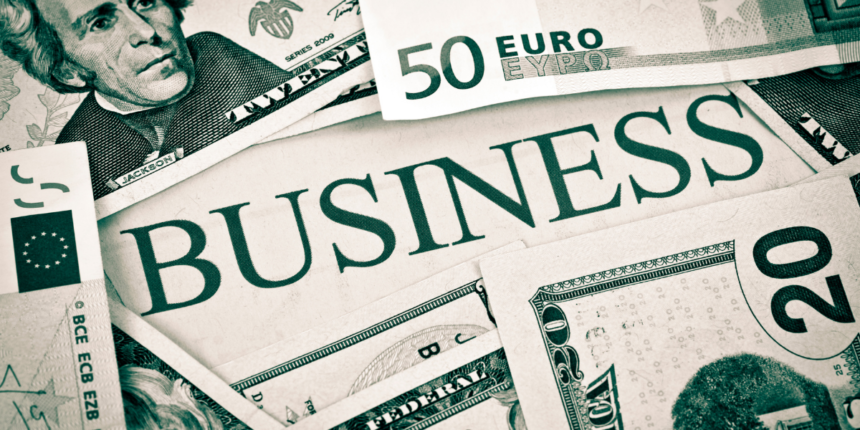OpenAI and its ChatGPT product continue to gain attention as their systems are now used by millions around the globe. The announcement reflects rapid user growth and acceptance across various industries, with an influx of users driven by viral features and enhanced visual capabilities. Observers note that a wide range of sectors is finding new ways to integrate these AI technologies into everyday applications.
OpenAI’s Rapid User Uptake
How Do AI Trends Affect Trade and Art?
Recent reporting confirms that OpenAI’s reach has been steadily increasing, aligning with earlier online findings which pointed to substantial growth in AI adoption worldwide. Earlier research indicated a sharp rise in both individual and business usage, supporting the view that innovation in AI applications contributes to global engagement.
At a recent TED event, Sam Altman stated OpenAI has amassed roughly 800 million users.
Something like 10% of the world uses our systems, now a lot.
His comments underline a significant milestone in expanding the platform’s influence and suggest that the company’s user base has doubled many times over in recent weeks.
The company’s success has been partly attributed to features that allow the generation of diverse images and videos, with styles reminiscent of the iconic Studio Ghibli animations. Altman highlighted that within one hour, ChatGPT added one million users. When asked about compensating artists for style-specific outputs, he remarked,
I think it would be cool to figure out a new model where if you say, ‘I want to do it in the name of this artist,’ and they opt in, there’s a revenue model there.
OpenAI maintains internal guidelines designed to avoid replicating the distinct styles of individual artists. The discussion also extended to the development of AI agents capable of acting autonomously on behalf of users, potentially broadening the scope of AI-assisted tasks.
Additional insights from PYMNTS research emphasize that generative AI, aside from reducing operational costs, has a notable impact on productivity.
AI can also facilitate material selection by assessing availability, compliance and cost implications, which helps brands find substitute materials when needed without compromising on quality or compliance with regulatory standards.
Tarun Chandrasekhar of Syndigo provided this perspective to underline the balanced benefits of AI in business operations.
However, concerns remain regarding the adaptability of AI in complex economic scenarios.
Tariffs are complex, and so is procurement. You need more than an algorithm — you need clean, structured, specific data. Without that, AI won’t reduce risk. It will amplify it.
Pierre Laprée of SpendHQ explained that while AI holds promise, it must be integrated with robust data management to truly mitigate risks.
Overall, the evolving landscape of AI usage presents practical challenges and opportunities. Businesses engaging with platforms like ChatGPT may benefit from understanding both the technical capabilities and limitations of generative AI, particularly in areas such as creative production and trade management. Keeping abreast of regulatory and compensation models for creative outputs will be essential for companies navigating this dynamic sector.










